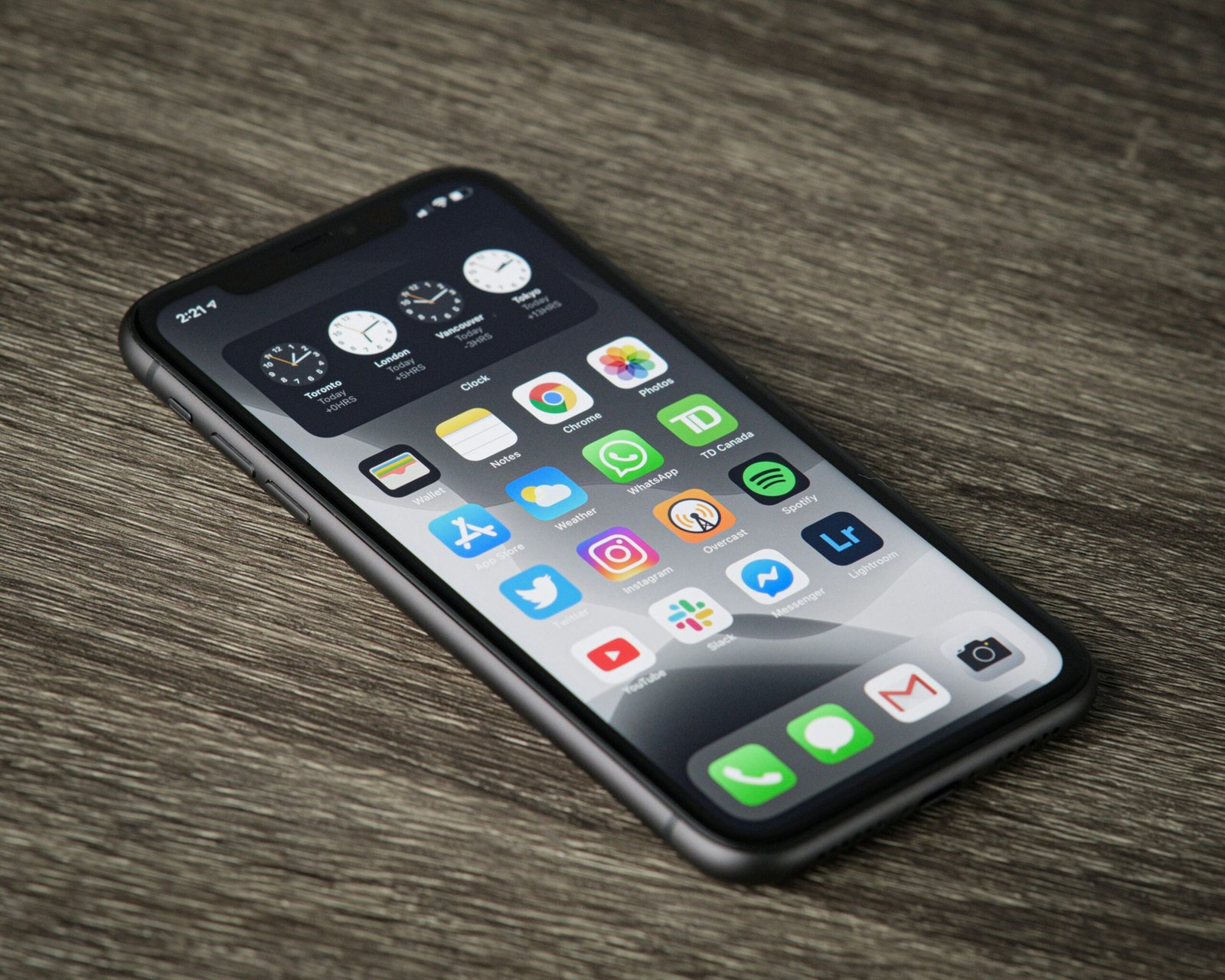Are you experiencing issues with your iPhone 13?
If you’re facing problems with your iPhone 13 such as freezing, unresponsiveness, or apps crashing, performing a soft reset may help resolve these issues. A soft reset is a simple and quick way to troubleshoot minor software glitches and refresh your device without losing any data.

What is a soft reset?
A soft reset, also known as a restart or reboot, is a process of restarting your iPhone without turning it off completely. It is a safe method to troubleshoot software issues and clear any temporary bugs that may be causing performance issues. Performing a soft reset does not erase any data from your device, unlike a factory reset.
How to do a soft reset on iPhone 13
To perform a soft reset on your iPhone 13, follow these simple steps:
-
Step 1: Press and hold the Volume Up button
- Locate the Volume Up button on the left side of your iPhone 13.
- Press and hold the Volume Up button until the Volume indicator appears on the screen.
-
Step 2: Press and hold the Volume Down button
- After holding the Volume Up button, press and hold the Volume Down button next to it.
- Continue holding both buttons simultaneously.
-
Step 3: Press and hold the Side button
- While still holding the Volume Up and Volume Down buttons, press and hold the Side button on the right side of your iPhone 13.
- Hold all three buttons (Volume Up, Volume Down, and Side button) together for a few seconds.
-
Step 4: Release the buttons
- Release all the buttons when you see the Apple logo appear on the screen.
- Your iPhone 13 will restart and the soft reset process is complete.

When to perform a soft reset
You can perform a soft reset on your iPhone 13 in various situations, such as:
- When your iPhone is freezing or unresponsive to touch.
- When apps are crashing frequently.
- When your device is running slowly.
- When you encounter software glitches or bugs.
- When your iPhone screen is black or not responding.
Performing a soft reset can help resolve these issues and improve the overall performance of your iPhone 13.
Additional tips for a successful soft reset
Here are some additional tips to ensure a successful soft reset on your iPhone 13:
- Make sure to press and hold the buttons simultaneously to trigger the reset process.
- Ensure that none of the buttons are stuck or obstructed during the soft reset.
- Wait for the Apple logo to appear on the screen before releasing the buttons.
- If the soft reset does not work initially, try repeating the process a couple of times.
- If the issue persists after multiple soft resets, you may need to contact Apple Support for further assistance.

Soft reset vs. hard reset
It’s important to differentiate between a soft reset and a hard reset when troubleshooting your iPhone 13. A soft reset, as mentioned earlier, is a quick and safe way to restart your device without losing any data. On the other hand, a hard reset, also known as a factory reset, erases all data and settings from your device, returning it to its original state.
Performing a hard reset should be considered as a last resort when all other troubleshooting methods have failed. It is recommended to backup your data before performing a hard reset to avoid losing important information.
Soft reset troubleshooting: common issues and solutions
If you’re still experiencing issues with your iPhone 13 after performing a soft reset, here are some common problems and solutions to help troubleshoot the problem:
Battery draining quickly
If you notice that your iPhone 13 battery is draining quickly, try the following solutions:
- Check for background app refresh and disable unnecessary apps.
- Reduce screen brightness and enable low-power mode.
- Update to the latest iOS version to fix any battery-related bugs.
Wi-Fi or cellular connectivity issues
If you’re having trouble connecting to Wi-Fi or cellular networks, try these solutions:
- Restart your router or modem to troubleshoot connectivity issues.
- Reset network settings on your iPhone 13 to clear any network configuration errors.
- Contact your service provider for any network-related problems.
App crashes or freezes
If apps on your iPhone 13 are crashing or freezing frequently, try the following solutions:
- Update your apps to the latest version available on the App Store.
- Clear app cache or data to refresh the app’s performance.
- Uninstall and reinstall problematic apps to troubleshoot software glitches.
Screen unresponsive or black
If your iPhone 13 screen is unresponsive or black, try these solutions:
- Perform a soft reset to refresh the device and clear any temporary bugs.
- Charge your iPhone to ensure it has sufficient battery power.
- Contact Apple Support if the issue persists for further assistance.
System software glitches
If you encounter system software glitches on your iPhone 13, try these solutions:
- Update your device to the latest iOS version to fix any software bugs.
- Reset all settings on your iPhone to clear any system configuration errors.
- Consider performing a hard reset as a last resort if the issue persists.

Conclusion
Performing a soft reset on your iPhone 13 is a simple and effective way to troubleshoot common software issues and improve the overall performance of your device. By following the steps outlined in this guide and applying the additional tips provided, you can successfully reset your iPhone 13 without losing any data. If you continue to experience problems after a soft reset, consider reaching out to Apple Support for further assistance. Remember to always back up your data before performing any reset to avoid losing important information on your device.







